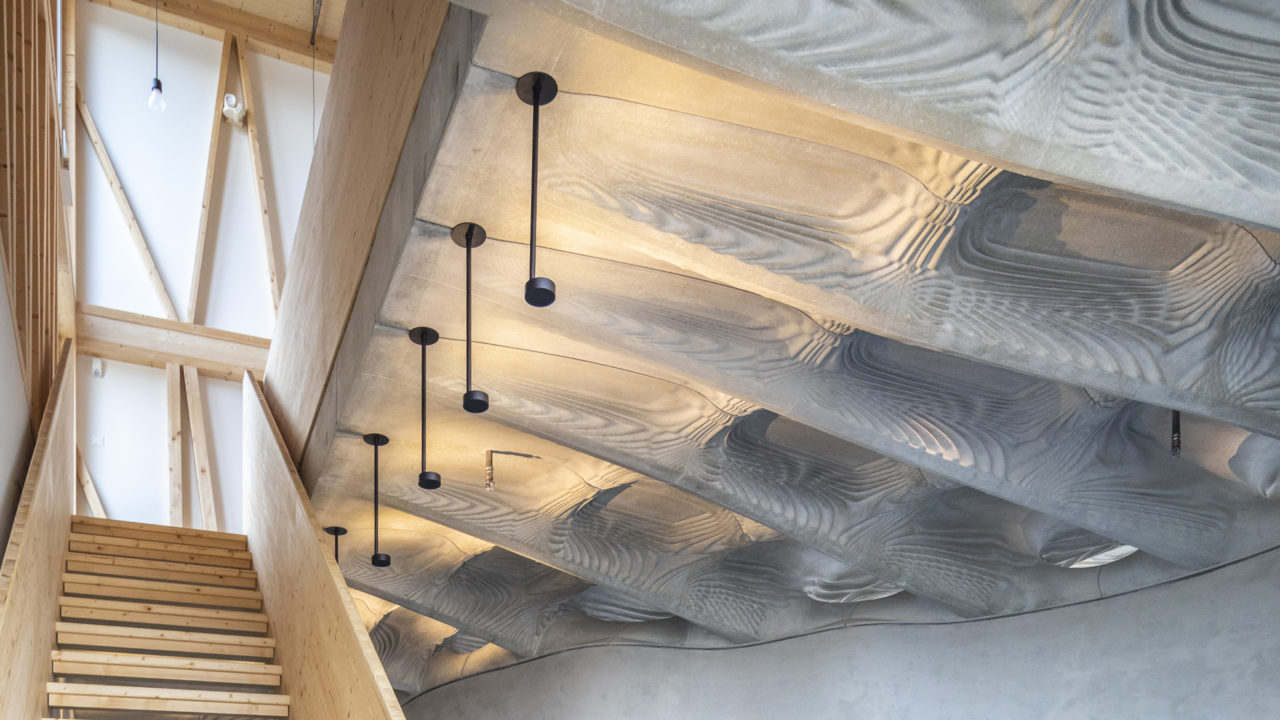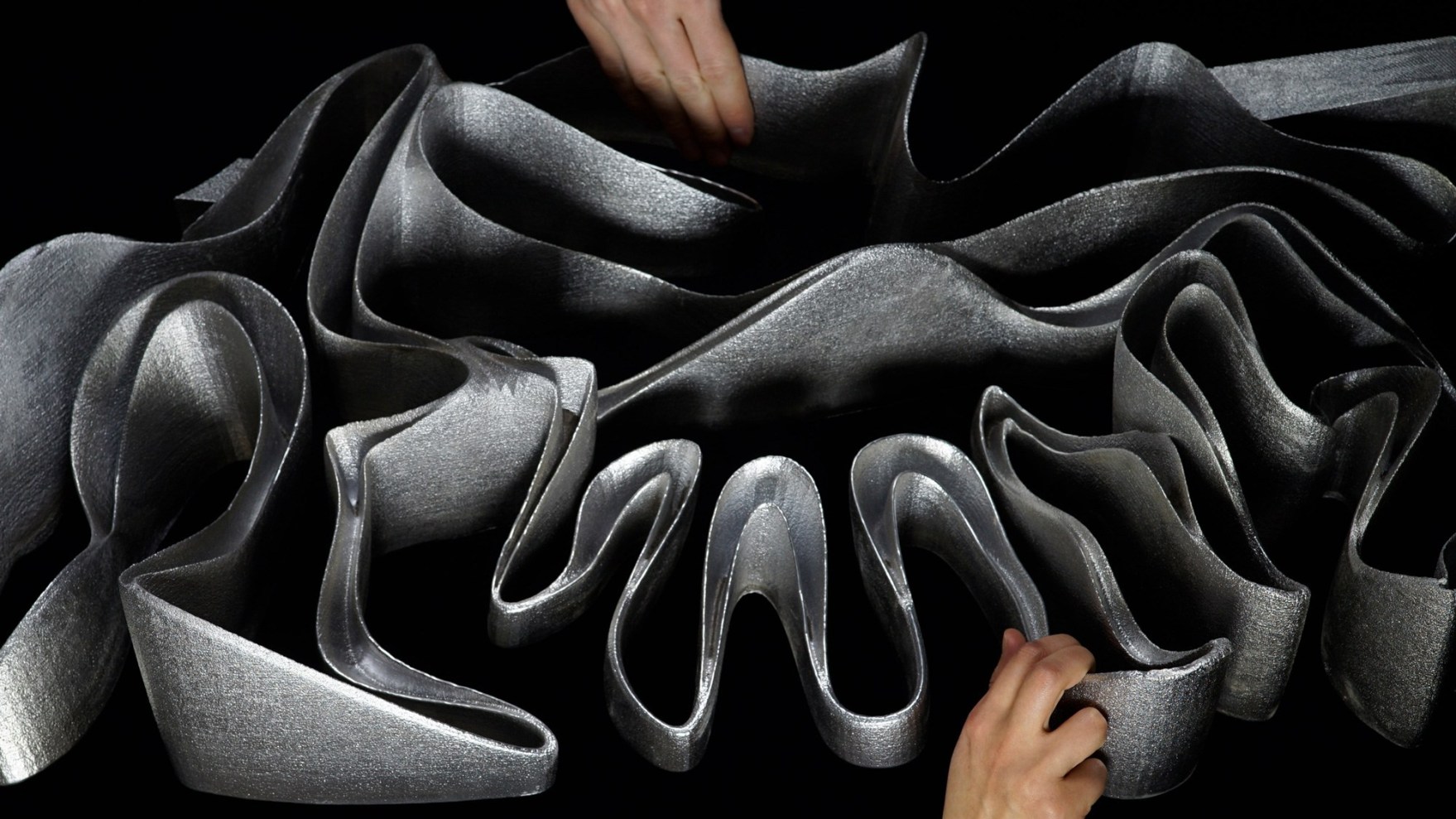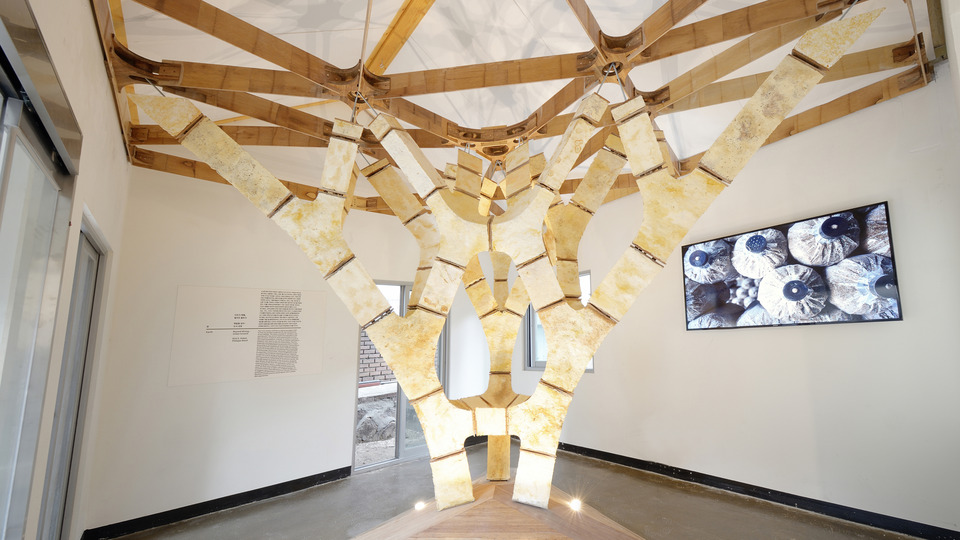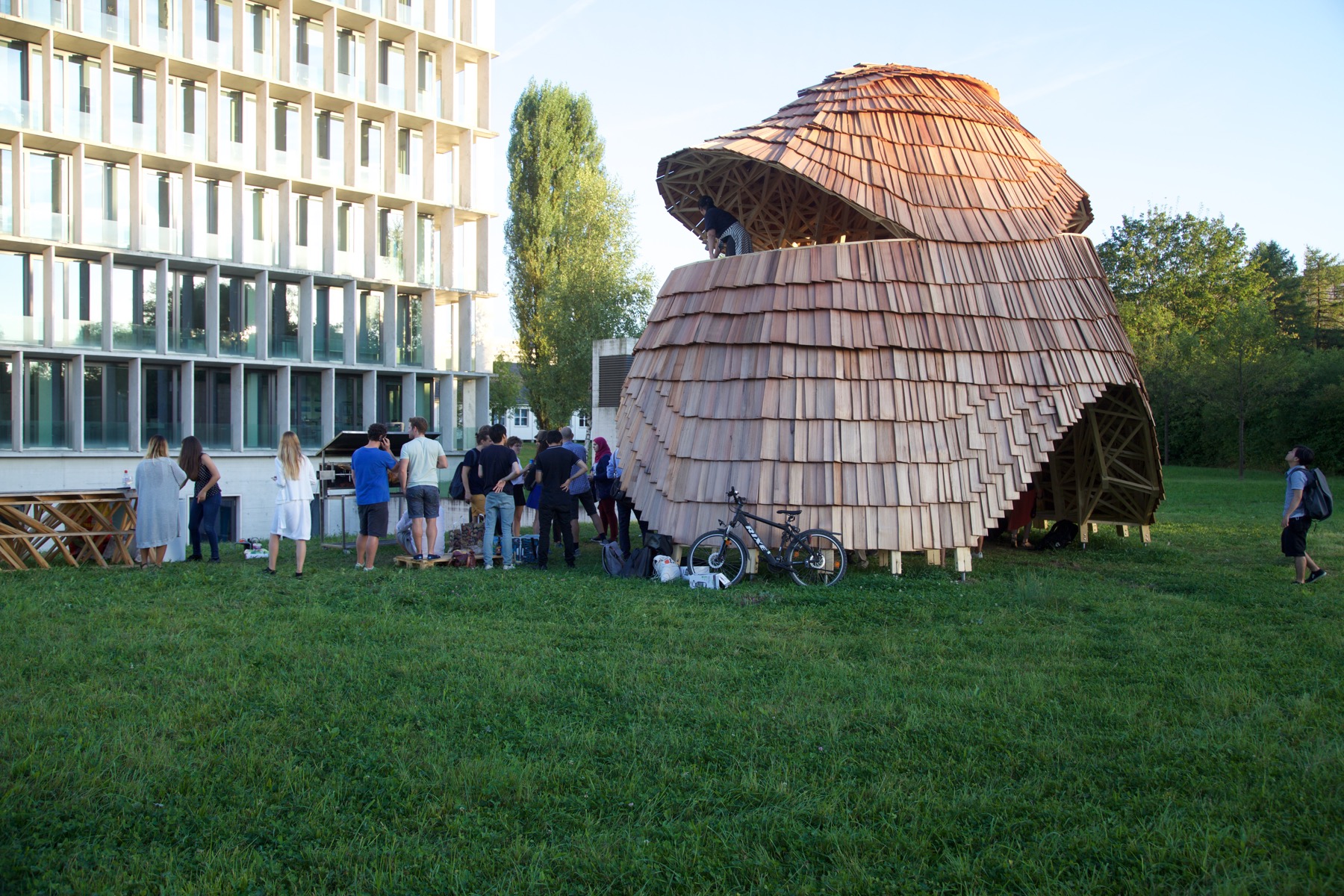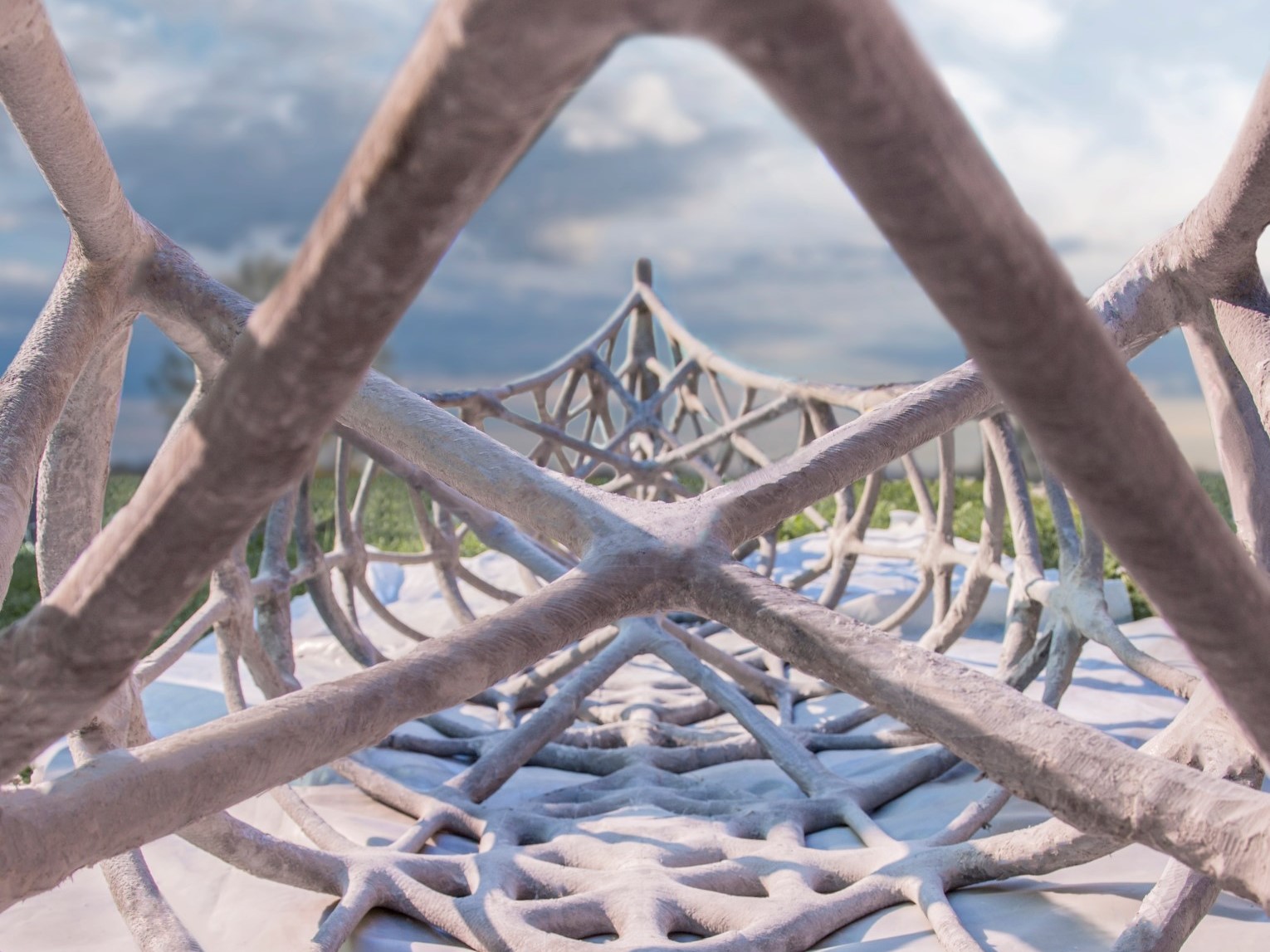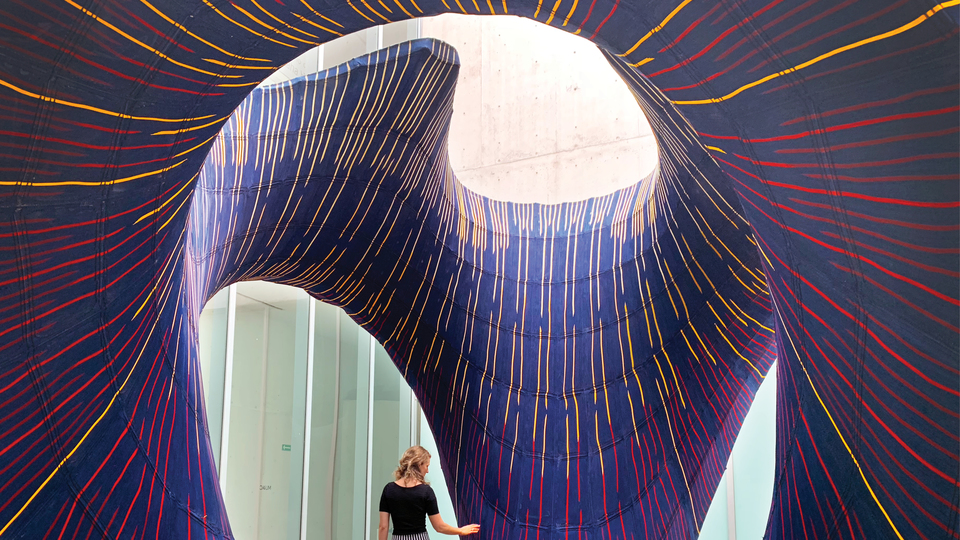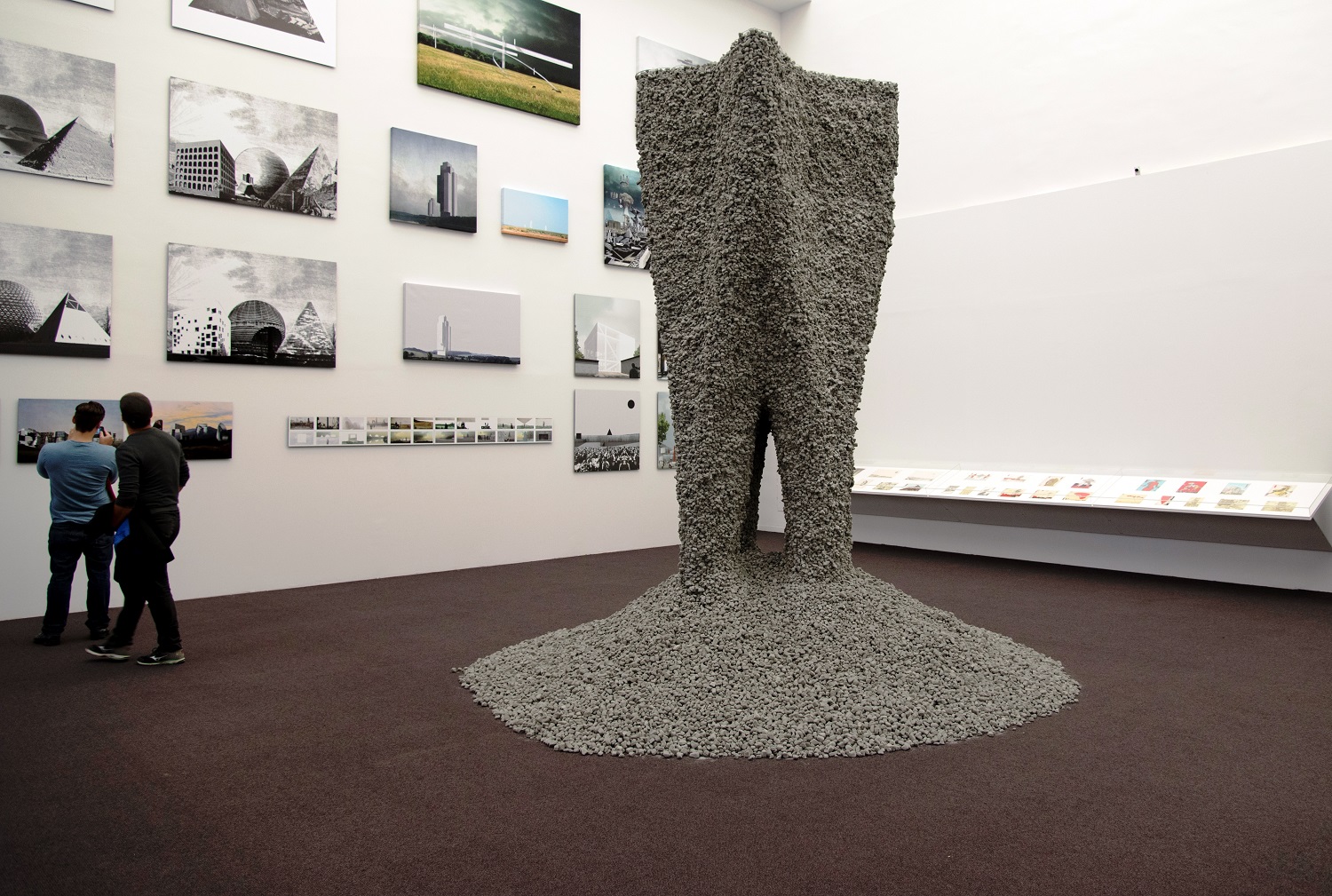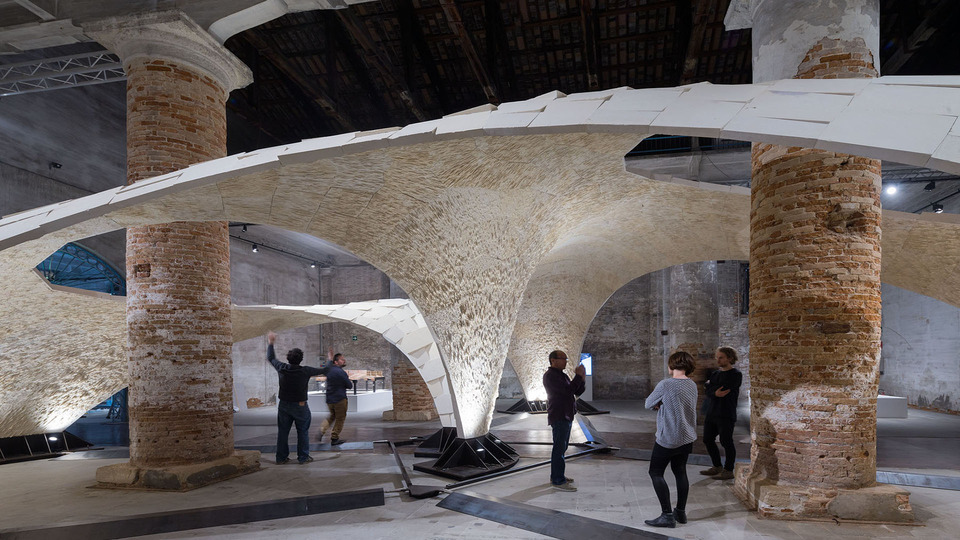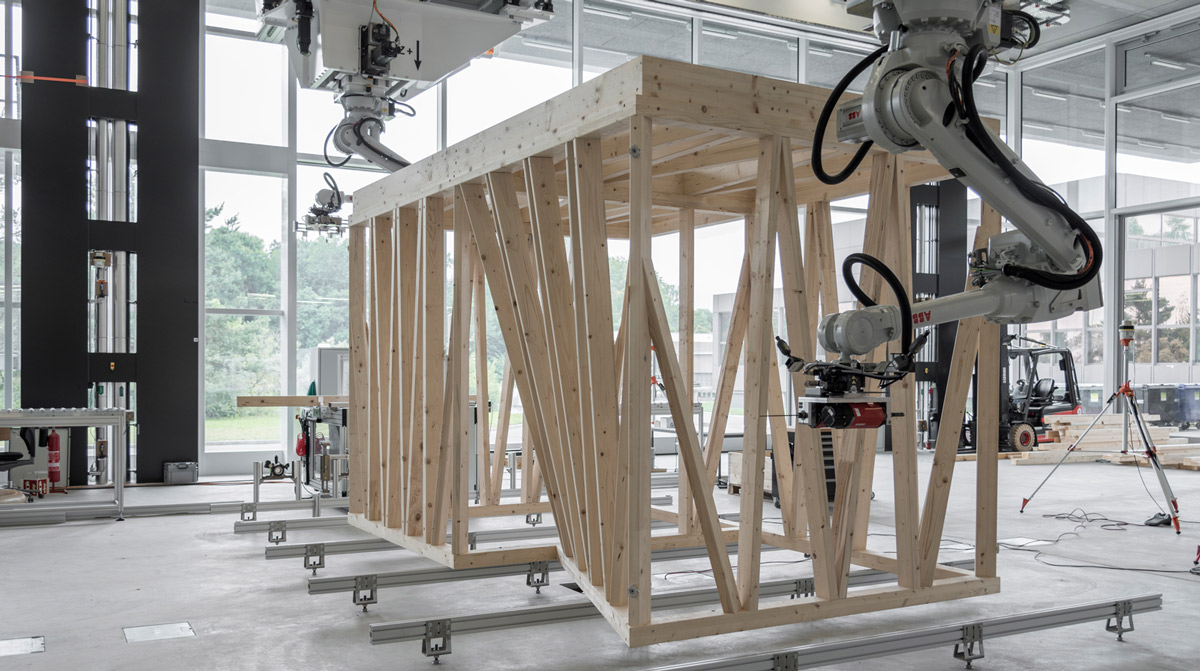The need for innovative construction methods is developing into one of the challenges of the 21st Century. Increasing urbanisation could lead to more than 100 cities with populations of more than 5.5 million people by mid-century, and they will need places to live, work and relax. However, many established construction methods are unsustainable or environmentally damaging, so the question is how to support growth and protect the environment.
Scientists and architects have been exploring new materials, new construction methods and innovative technologies that might be able to help. Here are nine ways that ETH scientists are helping to shape the future. Each of these stories was originally published, in greater details in Dezeen.


